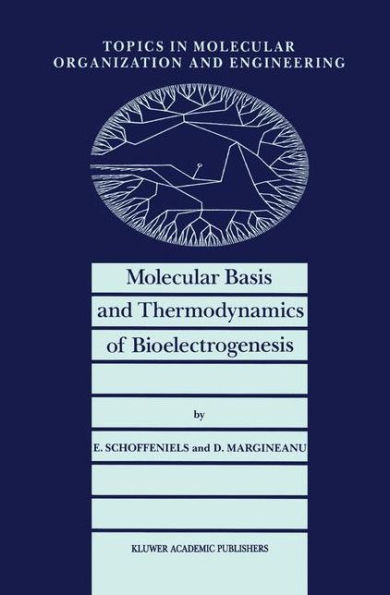5
1
9780792309758


Molecular Basis and Thermodynamics of Bioelectrogenesis / Edition 1 available in Hardcover

Molecular Basis and Thermodynamics of Bioelectrogenesis / Edition 1
- ISBN-10:
- 0792309758
- ISBN-13:
- 9780792309758
- Pub. Date:
- 10/31/1990
- Publisher:
- Springer Netherlands
- ISBN-10:
- 0792309758
- ISBN-13:
- 9780792309758
- Pub. Date:
- 10/31/1990
- Publisher:
- Springer Netherlands
109.99
In Stock

Product Details
| ISBN-13: | 9780792309758 |
|---|---|
| Publisher: | Springer Netherlands |
| Publication date: | 10/31/1990 |
| Series: | Topics in Molecular Organization and Engineering , #5 |
| Edition description: | 1990 |
| Pages: | 182 |
| Product dimensions: | 8.27(w) x 11.69(h) x 0.24(d) |
From the B&N Reads Blog
